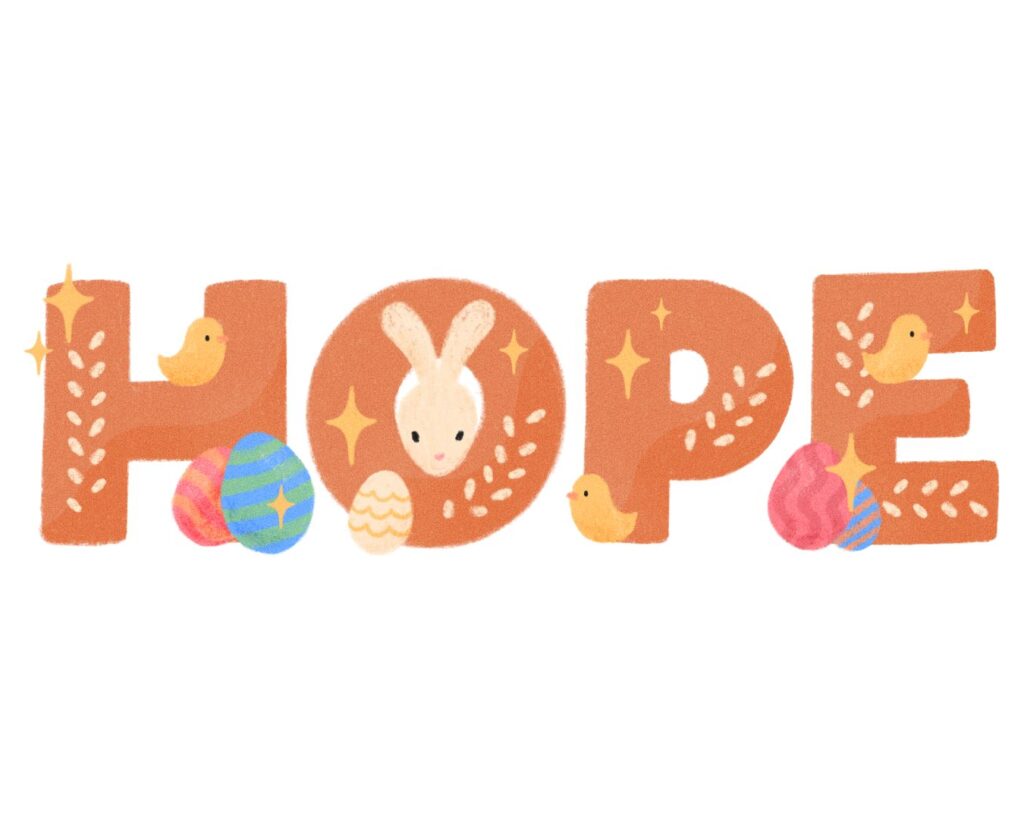TL;DR:
Hope is a skill, not just a feeling! Learn how to develop “waypower” + “willpower” for better mental health in our new blog post.
Hope is often dismissed as a fleeting emotion. This belief that things might get better. It is frequently confused with optimism, but science tells a different story. Hope is not just something you feel; it’s something you do.
Whether you’re going through a breakup, academic burnout, a chronic illness, or just scrolling through social media feeling overwhelmed, hope can sometimes feel pointless. But it’s not. It’s an essential psychological tool for mental well-being, physical health, and social resilience, and it’s something we can learn, develop, and teach.
What Is Hope, Really?
People often think of hope as a vague feeling or wish for a better future. However, research shows that hope is more than just emotion. Instead, it’s a structured way of thinking that influences how we pursue goals. The American psychologist, C.R. Snyder (1994), defines Hope as a way of thinking, not just an emotional state. His Hope Theory proposes that hope consists of three key components:
- Goals – Your desired outcomes.
- Agency – The belief in your own capacity to achieve those goals (willpower).
- Pathways – The ability to generate multiple strategies to get there. (waypower)
Thus, Hope = Mental Willpower + Waypower for Goals
This makes hope action-oriented. Unlike passive wishful thinking, where we only envision that our problems will go away, real hope implies we’re ready to act and adapt when necessary.
While Snyder’s theory is widely used, other psychological frameworks also emphasize the role of meaning, connection, and narrative in fostering hope. For example, existential psychologists view hope as the tension between despair and the search for purpose. Narrative therapists might help clients re-author their life stories to include hopeful possibilities.
The Psychology of Hope: Why It Matters
Over the last few decades, researchers have consistently found that high levels of hope are linked with:
- Lower depression and anxiety
- Better physical health outcomes (fewer chronic illnesses, improved sleep, lower mortality risk)
- Greater academic and athletic performance
- Stronger interpersonal relationships
- Increased resilience in the face of trauma or chronic stress
A massive study involving over 13,000 people found that high-hope individuals reported greater life satisfaction, stronger purpose, and less loneliness. (Long et al., 2020)
In teens especially, hope has been shown to predict better adjustment during critical transitions — like starting high school, moving cities, or choosing a career path.
“But What If I’m Not Naturally Hopeful?”
Well, you’re not alone! Many people, especially youth facing changing life dynamics, or mental health challenges, may find it difficult to stay hopeful. But hope is a learnable skill.
In Snyder’s Psychology of Hope (1994), he writes:
“Our hopeful thoughts related to goals, willpower, and waypower can be brought to life.”
That means you can build hope by identifying meaningful goals, believing in their ability to pursue them (agency), and generating multiple strategies to reach those goals (pathways).
Consider John, who is struggling with depression. He’s been in bed for days, feeling like even getting up is too much. While hope might feel out of reach, it doesn’t have to be an insurmountable task.
Using Snyder’s framework:
- Goal: Move his body today.
- Agency: “It’s hard, but I know I’ll feel better if I try.”
- Pathways: Take a hot shower, make breakfast, walk around the block. If that fails? Call a friend or journal.
Even the smallest step like opening the curtains can be an act of hope.
When Hope Feels Out of Reach
While hope is powerful, it isn’t always easily accessible, especially during trauma, grief, or chronic adversity. Sometimes, systems or social circumstances can limit how many pathways we see, or whether we believe in our ability to try. In such moments, seeking support, processing difficult emotions, or even simply resting can be part of how we rebuild hope over time. Hope doesn’t always look like action; sometimes it looks like holding on.
References
- Abramson, A. (n.d.). Hope as the antidote. https://www.apa.org. https://www.apa.org/monitor/2024/01/trends-hope-greater-meaning-life
- BSc, E. H. (2025, June 10). What is Hope in Psychology + 7 Exercises & Worksheets. PositivePsychology.com. https://positivepsychology.com/hope-therapy/#4-examples-of-hope
- Long, K. N., Kim, E. S., Chen, Y., Wilson, M. F., Worthington, E. L., Jr, & VanderWeele, T. J. (2020). The role of Hope in subsequent health and well-being for older adults: An outcome-wide longitudinal approach. Global Epidemiology, 2, 100018. https://doi.org/10.1016/j.gloepi.2020.100018
- Pedersen, T. (2022, September 26). Why is hope so important? Psych Central. https://psychcentral.com/blog/the-psychology-of-hope#tipsRice, A. (2022, March 10). Mindful moment: awakening to the power of hope. Psych Central. https://psychcentral.com/health/mindful-moment-awakening-power-of-hope
- Preston, C., PhD. (2021, October 24). Rebuilding in the face of ongoing adversity. Psychology Today. https://www.psychologytoday.com/us/blog/mental-health-in-the-workplace/202110/the-psychology-of-hope#amp_tf=From%20%251%24s&aoh=17497222989269&csi=1&referrer=https%3A%2F%2Fwww.google.com&share=https%3A%2F%2Fwww.psychologytoday.com%2Fus%2Fblog%2Fmental-health-in-the-workplace%2F202110%2Fthe-psychology-of-hope
- Snyder, C. R. (1994). The Psychology of Hope: You Can Get There from Here. New York, NY: Free Press.

